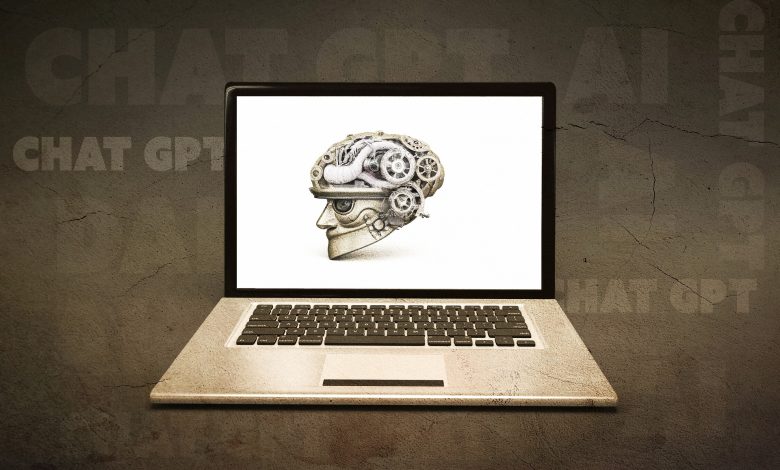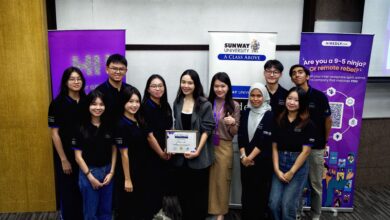ChatGPT, artificial intelligence and higher education

Achieving 100 million users within two months of being launched in late 2022 and with around one billion interactions each month, ChatGPT has brought artificial intelligence, or AI, to the world’s attention.
The impact of ChatGPT on higher education has been immediate and divisive, with a number of higher education institutions already banning it over fears of plagiarism by students. Although widespread, it is far from universal: around 40% of almost 1,300 participants in last week’s webinar hadn’t used it, which might be due to a lack of time, anxiety, or because it is not available in their setting.
“Explain ChatGPT in 50 words”
With a user-friendly interface, ChatGPT is an internet-based generative AI tool that people can interact with by asking it for data, analysis and even an opinion on just about anything: it has been trained not to answer questions that violate someone’s rights, promote discrimination, are offensive or deliberately seek to mislead. Furthermore, the data used to train ChatGPT only goes up to 2021.
The answers that ChatGPT provides are based on an impressive 570Gb of data representing 300 billion words – the equivalent of over 1.3 million books. ChatGPT uses natural language processing to learn from Internet data, providing users with artificial intelligence-based written answers to questions or prompts.
But why only take our (human) word for it? We asked ChatGPT to explain how it works in just 50 words. Here is its answer:
“ChatGPT is a large language model developed by OpenAI, based on the GPT-3.5 architecture. It can generate human-like text based on input prompts, answer questions, and perform a variety of natural language processing tasks. It was trained on a massive dataset of internet text to learn patterns and relationships in language.”
Find Out more : Unesco




